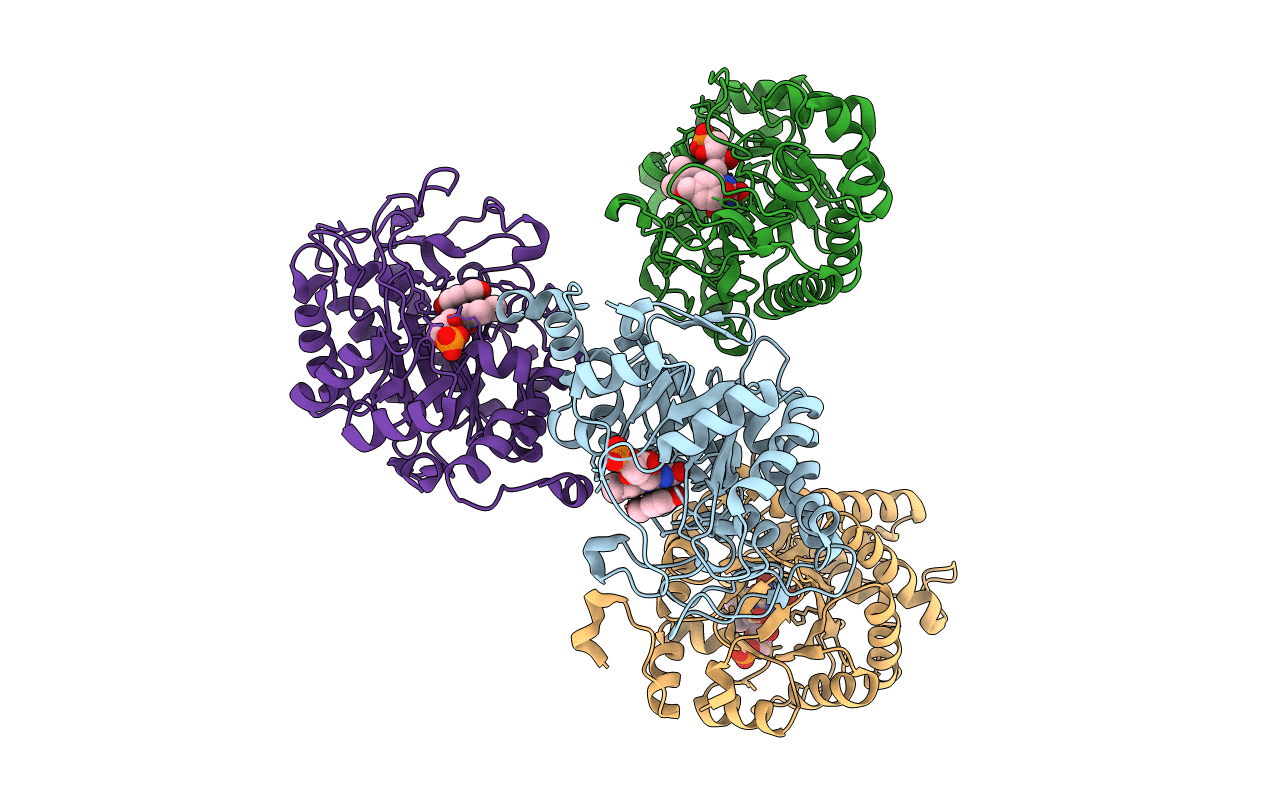
Deposition Date
2009-05-14
Release Date
2010-02-23
Last Version Date
2024-03-20
Entry Detail
PDB ID:
3HGJ
Keywords:
Title:
Old Yellow Enzyme from Thermus scotoductus SA-01 complexed with p-hydroxy-benzaldehyde
Biological Source:
Source Organism:
Thermus scotoductus (Taxon ID: 37636)
Host Organism:
Method Details:
Experimental Method:
Resolution:
2.00 Å
R-Value Free:
0.25
R-Value Work:
0.19
R-Value Observed:
0.20
Space Group:
P 1 2 1


